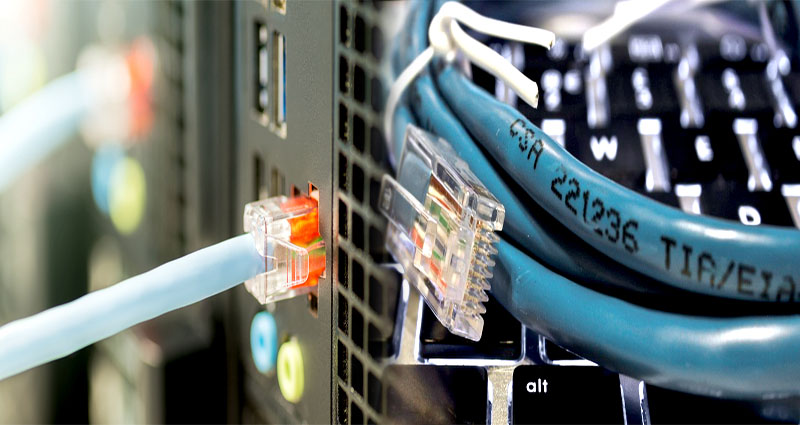Scalable Storage Options to Accommodate Growing Needs in Wireless NAS for Home
As our digital lives expand, so does our need for ample storage space. Home networks are now filled with an array of devices, from smartphones to smart TVs, all requiring storage for videos, photos, documents, and more. Network-Attached Storage (NAS) provides a convenient and efficient solution for centralized storage in a home network. In this article, we explore scalable storage options to accommodate the growing needs of a wireless NAS for home.
Understanding Wireless NAS
A Wireless NAS device is a dedicated storage solution that connects to your home network, allowing multiple devices to access and share files and media. With wireless capabilities, NAS eliminates the need for physical connections, providing convenience and flexibility. As your storage requirements evolve, the ability to expand the NAS storage capacity becomes crucial.
The Importance of Scalable Storage
Scalable storage refers to the ability to expand the storage capacity of a NAS device as … Read More











